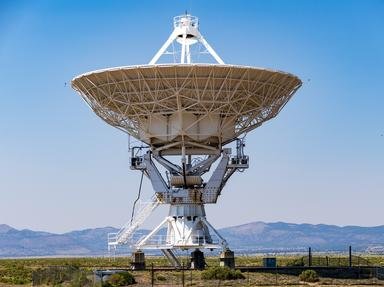Quiz Answer Key and Fun Facts
1. Which is the closest active galaxy to the Milky Way?
2. Which of these stars has a surface temperature less than our sun's surface temperature?
3. Which is the brightest nebula in the night sky?
4. Name the black hole located in the center of our galaxy.
5. Which is the most distant object that a normal naked human eye can see in the night sky?
6. The word Schwarzschild radius is related to which celestial body?
7. Which type of celestial body is Gliese 229b?
8. What type of nebula is the Horsehead Nebula?
9. Which celestial body has a super massive black hole in its center?
10. Which star is also known as Zeta Orionis?
Source: Author
ABHILASHA40
This quiz was reviewed by FunTrivia editor
WesleyCrusher before going online.
Any errors found in FunTrivia content are routinely corrected through our feedback system.

